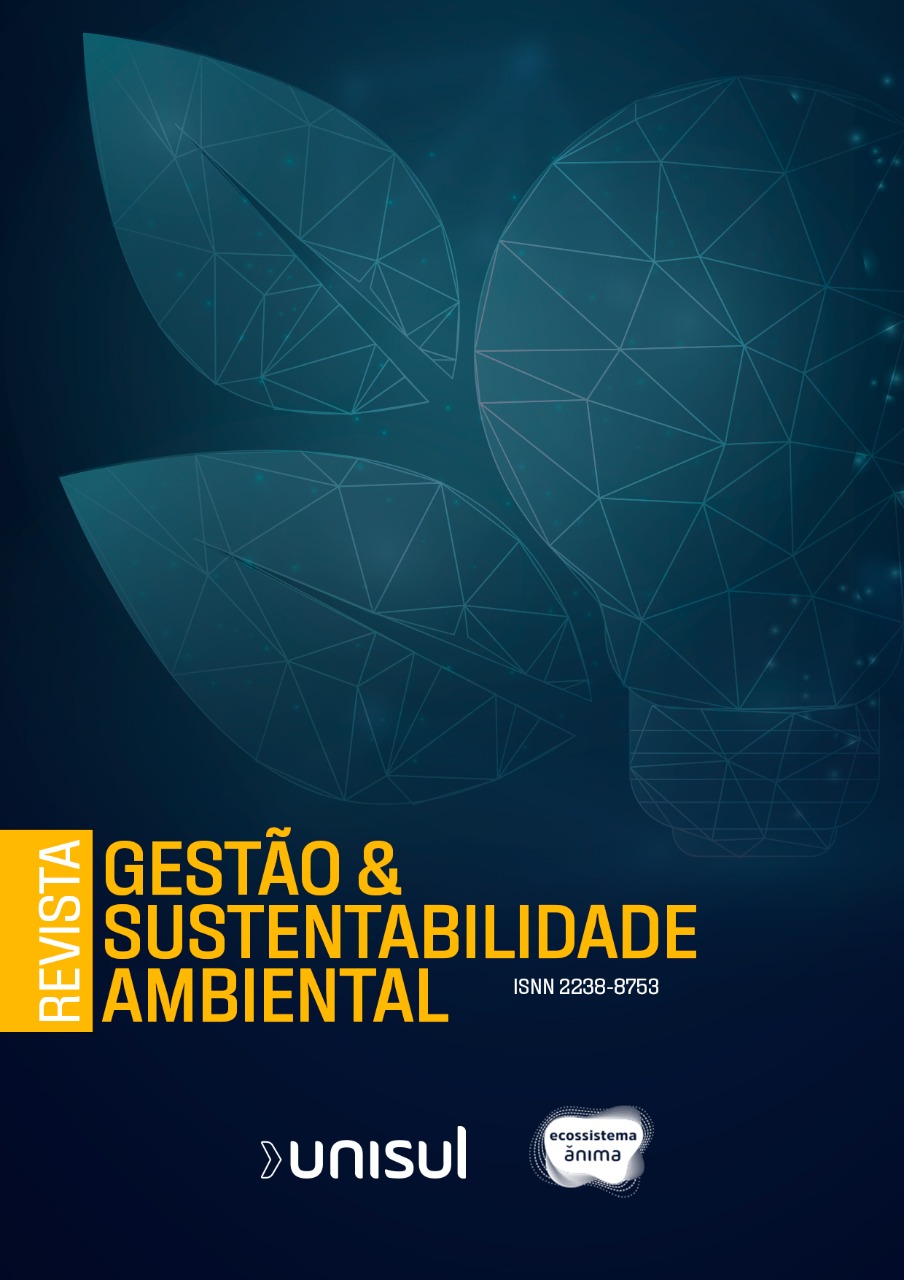CHANGE OF PHYSICAL CHEMICAL PARAMETERS OF WETLAND SOILS IMPACTED BY AGRICULTURE AND MINING (MG)
DOI:
https://doi.org/10.19177/rgsa.v10e42021254-279Keywords:
Wetlands, Conservation, Environmental Impacts, Legislation.Abstract
Wetlands located in western region of Minas Gerais state have been converted in agricultural land and clay mining. The objective of this article was to evaluate differences in concentration and distribution of macro, micronutrients and other physics parameters in wetland soils used for agricultural production since 1970 or mining comparing with natural and non - impacted wetland soils, in dry season. For that, soil samples were collected at different depths at 6 sites. Through field work, it was possible to assess the morphological changes of the soil and collect samples to perform physicochemical analyses. Particle size and chemical analysis provided information to better understand the extent of environmental impacts resulting from economic activities carried out in the area. Among the points analyzed, morphological changes were noted in agricultural cultivation areas and especially in the mining area, where laminar erosion occurs. The particle size analysis showed a textural change in the places of agricultural cultivation, while the other points were classified as clayey or very clayey texture. The chemical analysis showed that the agricultural cultivation areas presented high levels of macro and micronutrients in the superficial layers and the base saturation was very low in practically all the studied points. The mining site proved to be the most degraded and least suitable for plant growth.
Downloads
Published
Issue
Section
License

O trabalho Revista Gestão & Sustentabilidade Ambiental foi licenciado com uma Licença Creative Commons - Atribuição - NãoComercial - CompartilhaIgual 3.0 Brasil.
Com base no trabalho disponível em www.portaldeperiodicos.unisul.br.








